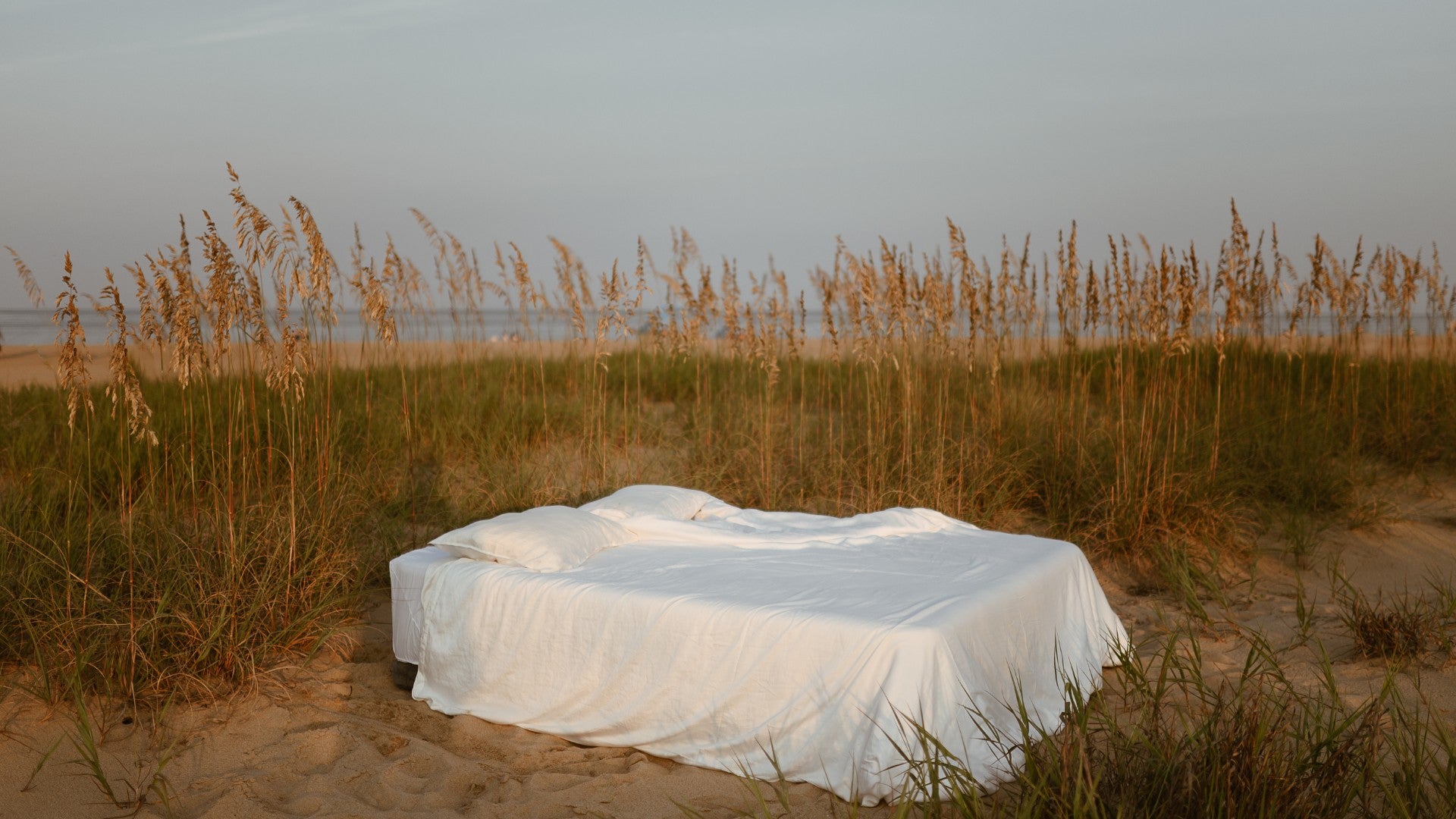Waking up to the slightest noise at night is a nightmare. There is something you might want to add to your night routine - color noise.
Color noise: What is it?
You can see colors but did you know that you can also hear them? Every color has a unique frequency that makes a different noise and pitch.
There are colors that can help you focus, meditate or even sleep better at night.
The best color noise for sleep?
There is none.
All colors: White, pink, brown & green basically have the same effect. They can mask sounds. If you are a light sleeper, any of these may help you sleep through the night without interruptions.
These colors may also help you focus while you’re working or when you are meditating. They can also be soothing for your brain and help quiet down your thoughts.
Key Definitions
Audio Frequency Spectrum: A range of frequencies that our human ears can pick up.
Frequency: A repetitive pattern that is measured in Hertz.
Hertz: One cycle per second.
An example of frequency: Let's say you were jumping on the bed three times in one second. So, you were jumping on the bed in three hertz. Super simple! Now, let's move on to the colors.
White Noise vs Pink Noise: Which is better?
White noise and pink noise are very similar but have a slight difference. White noise has an equal distribution across the spectrum whereas pink noise is more powerful in the lower frequencies than the higher ones making it sound slightly deeper.
White noise is a sound you’ve certainly heard before because it’s equivalent to the sound of television static.
It is a bit jarring which is why pink noise has become more popular than white.
Pink noise is said to be more comforting or therapeutic. Many say that pink helps them sleep better. As stated before, pink noise is slightly deeper in tone than white and it also has a masking effect that can decrease the sudden abruption from sleep or meditation. Some examples of pink noise include rustling leaves, raindrops and ocean waves.
A Lower Tone: Brown Noise
Brown noise also known as "red noise" or "brownian noise" has an even deeper tone than pink in the sound frequency spectrum. It is made up of lower bass tones which gives it the sound of low roaring.
A few examples of brown noise include thunder, waterfalls and strong winds.
The noise is commonly mistaken for its color but it actually gets its name from Robert Brown who was the first to analyze the fluctuations in brownian noise.
Earth's Background Noise: Green Noise
Green is not powerful at either end of the spectrum. Its frequency is concentrated more in the middle, which results in a sound that is similar to ambient noise. Ambient noise, also called "background noise" is the natural sound of an environment.
Green noise, ironically enough, is the symbol of nature. It is referred to as natural ambience, a sample of earth’s natural noise blended together.
Green noise has a masking effect like the other colors do. As you can see in the graph below, green noise lacks power on both ends of the spectrum. This is a low frequency that will never be too loud for our ears which can be the most relaxing color.
Outcast Colors
There are colors that are not as common as the others but they do exist. Violet is just the opposite of brown noise; it is only a higher octave. It is a higher frequency which is sensitive to the human ear making it not as pleasant as the other colors.
Blue, also known as "azure noise" has its energy concentrated at a higher frequency. Blue noise has a similar sound to a water hose. It's a harsher sound than the other colors and has a higher pitch that can be sensitive to the ear.
Orange noise is related to musical scales. Many say it reminds them of an out of tune ensemble. It is not a pleasing sound but that really depends on your brain.
Hear Them Out
So, which color is the best one to fall asleep? Everyone is different so give each hue a try to see which one works best for you. There are white noise apps on smartphones for free and youtube videos online that you can try out! There are also sound machines that produce real white noise and there are others that emit a faint hum, similar to a whirring fan. Some produce natural noises such as rain, thunderstorms or ocean waves. There isn't an official answer to which color is the best for sleep so check them out for yourselves.

